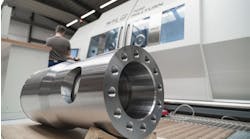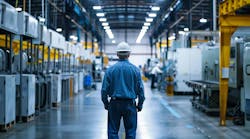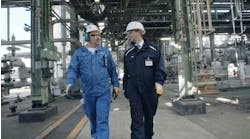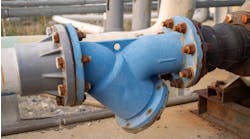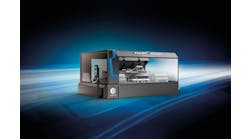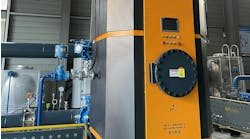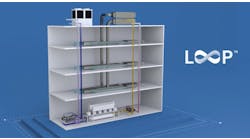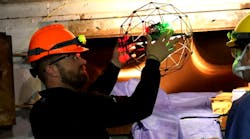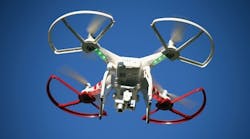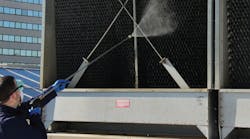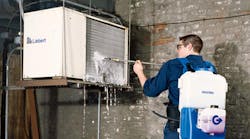On the factory floor, people may fear that those awful, soulless robots are going to take their jobs assembling and moving and packing products and materials. In the facilities maintenance department, the people who muck through murky tanks and chambers and climb to precarious heights to inspect pipes and ducts are asking, "When can one of these beautiful machines relieve me of this job?"
Carnegie Mellon's Robotics Institute has developed one way to inspect pipes with a modular snake robot, with a camera at its head, and a cable coming out if its tail for power. Howie Choset, the CMU professor who has developed the project over the entire decade, used biomimicry of actual sidewinders to help his robots move up poles and around tubes.
"We're not going to need to enter the space, we don't need the use of scaffolding to look at our critical components," says Seth Flash, a senior engineer and Con Edison. "It will save us time and save us money."
We'll take a closer look at how drones will impact industry and manufacturing in our March cover story, but for now, we'll leave you with Goodway's final poignant thoughts— and good advice—concerning the burgeoning technology:
Drone applications over the next year will make day-to-day maintenance safer, easier and more cost effective. Perhaps most importantly, drones and related technology will make sure maintenance gets done. That’s an overall increase in your company’s efficiency. And that means more money to reinvest. With the cost of drones plummeting, don’t get left behind as this revolutionary new technology reshapes American industry.
Screengrab: ConEdisonNY/ YouTube

